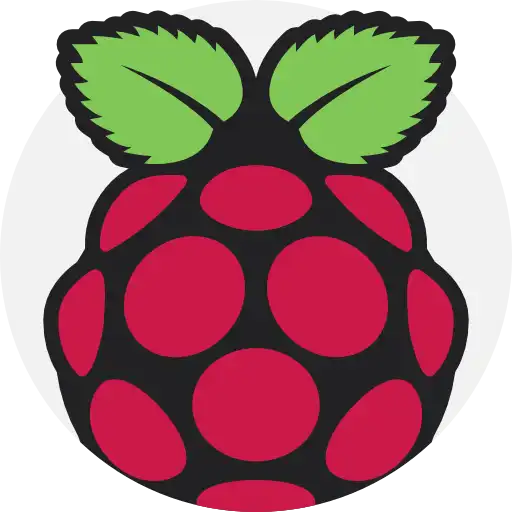1. Understanding the Raspberry Pi
The Raspberry Pi, often abbreviated as RPi, was initially created to promote computer science education. However, its potential quickly expanded beyond the classroom. It's available in various models, each equipped with different hardware specifications, making it suitable for a wide range of projects.
2. Key Features of Raspberry Pi for IoT
Several features make the Raspberry Pi an excellent choice for IoT applications:
- Compact Size: The small form factor of the Raspberry Pi makes it ideal for embedding in IoT devices and sensor nodes.
- Low Power Consumption: It consumes minimal power, making it suitable for battery-powered IoT applications.
- GPIO Pins: The Raspberry Pi features General-Purpose Input/Output pins that allow it to interface with various sensors and actuators.
- Community Support: A vast and active community provides extensive documentation, tutorials, and software libraries for RPi-based IoT projects.
- Linux-based OS: Raspberry Pi typically runs a Linux-based operating system, providing a familiar development environment for many developers.
3. IoT Applications of Raspberry Pi
The Raspberry Pi finds applications in a wide array of IoT projects:
- Home Automation: Control lights, thermostats, and appliances remotely using Raspberry Pi-based IoT solutions.
- Environmental Monitoring: Use sensors to measure temperature, humidity, air quality, and more for environmental research and smart agriculture.
- Smart Cameras: Create smart surveillance systems, wildlife cameras, or even AI-powered facial recognition systems.
- Industrial IoT (IIoT): Monitor and control industrial processes, machinery, and equipment for enhanced efficiency and predictive maintenance.
- Robotics: Build robots and drones with Raspberry Pi as their brain, enabling autonomous navigation and remote control.
4. IoT Software and Platforms
For Raspberry Pi-based IoT projects, a variety of software and platforms are available:
- Raspbian: The official Raspberry Pi OS, based on Linux, offers a stable and well-supported environment.
- Node-RED: A flow-based development tool for visual programming of IoT applications.
- MQTT: A lightweight messaging protocol that facilitates communication between IoT devices and servers.
- IoT Platforms: Cloud-based IoT platforms like AWS IoT, Azure IoT, and Google Cloud IoT provide scalable infrastructure for managing and analyzing IoT data.
5. Conclusion
The Raspberry Pi has democratized IoT development, allowing hobbyists, students, and professionals to create innovative IoT solutions without the need for expensive hardware. Its compact size, low cost, and extensive community support make it an ideal choice for a wide range of IoT applications. As the IoT ecosystem continues to grow, the Raspberry Pi will remain a powerful tool for turning creative IoT ideas into reality.

